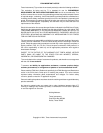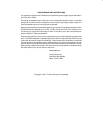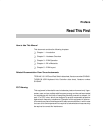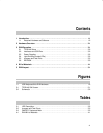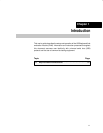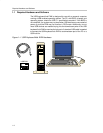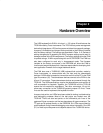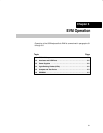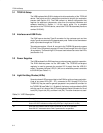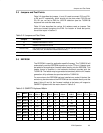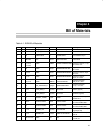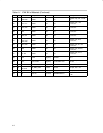
2-1
Hardware Overview
Hardware Overview
The USB keyboard/hub EVM is 4-inches L × 3.5-inches W and features the
TPS2149 made by Texas Instruments. The TPS2149 is a power management
device that integrates an LDO and two power switches into one small package.
Jumpers (0-Ω resistors) and jumper blocks provided on the EVM are installed
with the factory settings. The settings are described in Table 3–2. Review all
setting changes prior to powering the EVM. Improper settings could result in
damage to some of the EVM components. The factory settings allow the EVM
to operate using a 12-MHz crystal along with an I
2
C EEPROM. The EVM has
also been configured to work only in bus-powered mode. The firmware
installed at the factory and stored in the EEPROM will allow the EVM to
function as a two port keyboard hub. Users are responsible for developing their
own application firmware for the target hardware device.
The EVM also uses a TUSB2136, USB keyboard/hub controller, made by
Texas Instruments, to communicate with the host and the downstream
devices. A USB cable is needed to connect the root hub of the PC to the EVM
type B connector (J5). The downstream devices connect to the EVM via the
J6 and J7 connectors. These downstream devices are powered through the
TPS2149. The USB specifications require that downstream ports remain off
until enumeration is complete. Together, the TUSB2136 and the TPS2149
ensure the hub meets this requirement. Two other connectors, J3 and J4,
allow easy connection to the TUSB2136 general-purpose I/O lines. These
lines can be used to implement the keyboard function.
Jumpers, test points, and LEDs have been added for testing, troubleshooting
and debugging purposes. Most of the test points are located near the
TPS2149. There are also test points on the differential pair lines of the
upstream B-type connector and the two downstream A-type connectors. The
I
2
C port can be probed directly on the EEPROM. Six LEDs are provided for
quick feedback during firmware debugging or as status information. One LED
(D1) is fixed to provide power and suspend status of the TUSB2136 device.
Chapter 2



